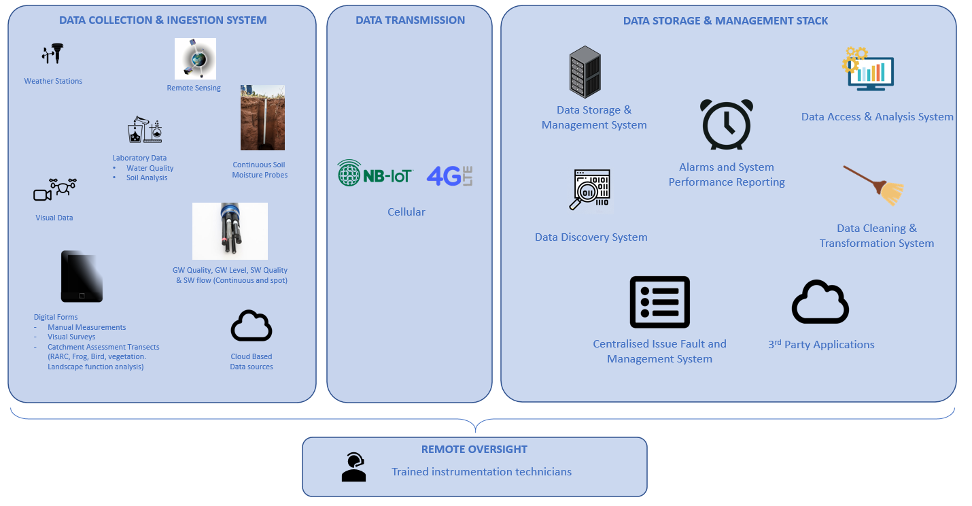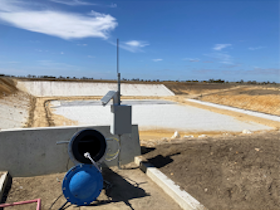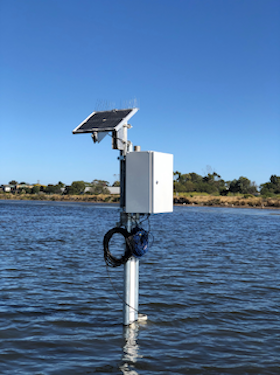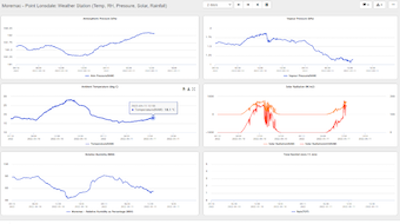Integrated environmental monitoring systems consist of sensor networks, telemetry hardware, data management software and hosting combined with customised data visualisation and reporting.
The systems are designed to provide bespoke data visualisation to meet users’ management reporting needs, allow efficient remote oversight of the networks, and to maximise the capability to remotely support and configure the network.
The following figure illustrates the typical hardware and software of an integrated monitoring system.

Figure. Typical elements of an Integrated Monitoring System
HydroTerra can assist in each phase of the design process, including:
- Phase 1 – Design
- Phase 2 – Installation
- Phase 3 – Operation and maintenance
- Phase 4 – Data Management and oversight.
Relevant case studies from the landfill sector are as follows:
Phase 1 - Design
Client: Hanson Australia
Solution: Design of an integrated monitoring system that incorporates leachate flow, leachate level and weather. The system needs to have alarms based on operational and compliance thresholds. The data provenance needs to be documented in a manner that is consistent with the terminology used in the audit report. Parameters measured need to be reported in a way that is consistent with both operational needs and the compliance requirements specified in the audit report. The successful completion of the design process answers the questions of what, where, when and how the monitoring is undertaken.
Phase 2 – Installation

Figure. Leachate Level Monitoring System
Client: Horsham Rural City Council
Solution: Installation of near-real-time leachate level monitoring from newly constructed cell. Sensor and telemetry system to operate on standalone solar power, with data displayed on HydroTerra’s secure DataStreamTM platform. Alarms built in based on operational triggers to ensure proactive management of the cell.
Phase 3 – Operation and maintenance

Figure. Leachate Control Pumping System
Client: Macedon Ranges Shire
Solution: Routine six-monthly maintenance activities to ensure that the system is operating at optimal capacity and to maximise the life of equipment and instrumentation. These activities include, but are not limited to, instrument inspection, cleaning and operation verification, as well as replacement of consumable items such as desiccants. In addition to these activities, remote alarms are in place to monitor the health of the system and performance against compliance targets. The client and HydroTerra receive these alarms, with responses based on an agreed Service Level Agreement.
Phase 4 – Data management and oversight

Figure. Realtime compliance monitoring
Client: Point Lonsdale Land Partners Pty Ltd
Solution: Oversight of compliance water quality, flow, level and weather monitoring data captured across the monitoring site. Daily check of data transmission and continuous data sets. Remote troubleshooting of onsite instrumentation failures. Monitoring and responding to alarms in accordance with on an agreed Service Level Agreement. This could include a non-routine site visit or scheduling maintenance around other activities to be completed onsite.







